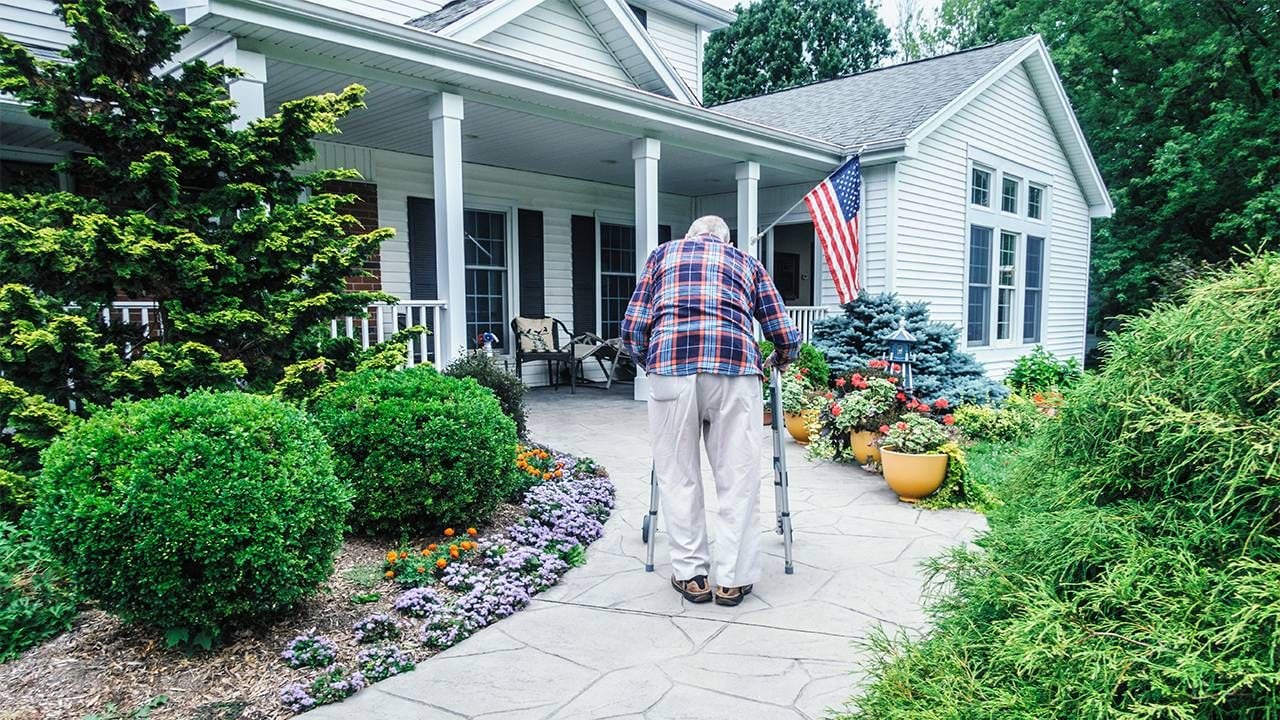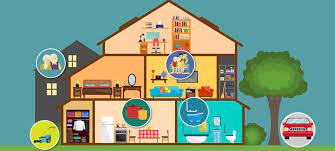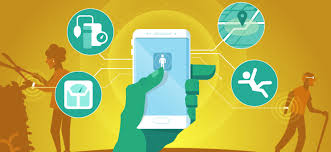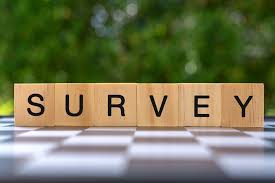Older adults can save tens of thousands of dollars annually by choosing assisted living communities over aging in place in their homes.
Unlike point solutions, Inspiren unifies resident safety, care planning, staffing, and emergency response into a single AI-powered platform.
An artificial intelligence-powered virtual assistant platform for senior living and care providers.
Betting that AI could lighten the clinician load.

 Is aging in place a smart strategy? Here we go again. In a brand new and similarly rosy
Is aging in place a smart strategy? Here we go again. In a brand new and similarly rosy  The FDA jumps to approve when Apple approaches. This sounded familiar, and merits a look back to a
The FDA jumps to approve when Apple approaches. This sounded familiar, and merits a look back to a 
 Sensor-based remote monitoring of older adults – a good idea in 2009. That year, GE
Sensor-based remote monitoring of older adults – a good idea in 2009. That year, GE  Surveys were released recently that trigger some debate. Consider whether the low adoption of health-related tech is due to flaws with the tech or with the survey questions? AARP’s responders only had
Surveys were released recently that trigger some debate. Consider whether the low adoption of health-related tech is due to flaws with the tech or with the survey questions? AARP’s responders only had